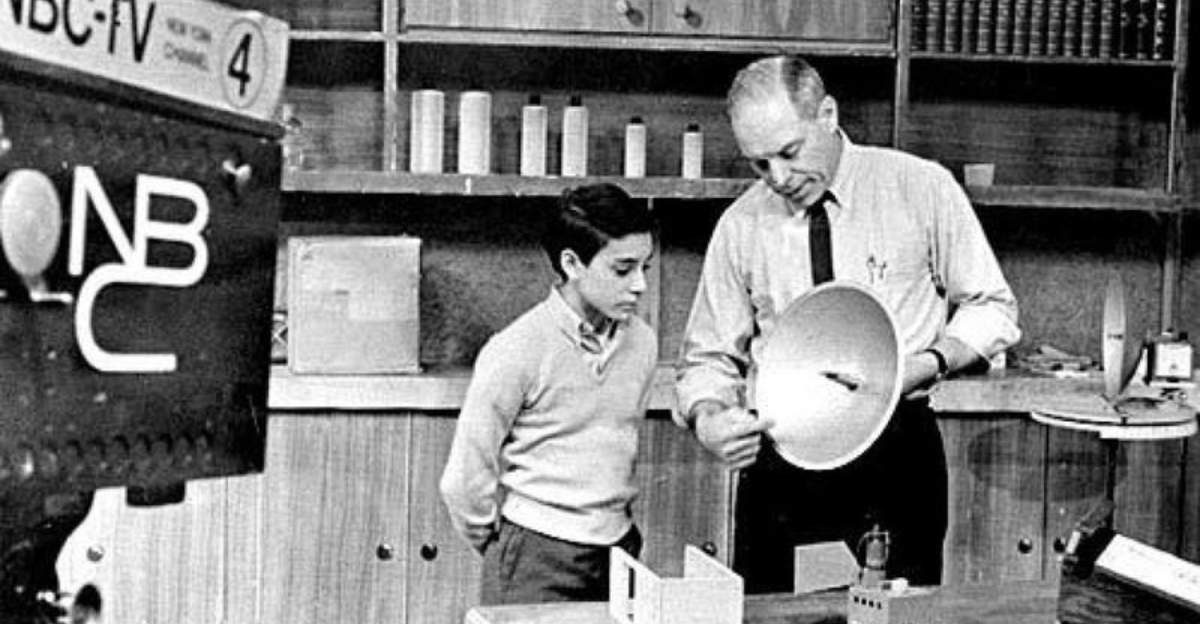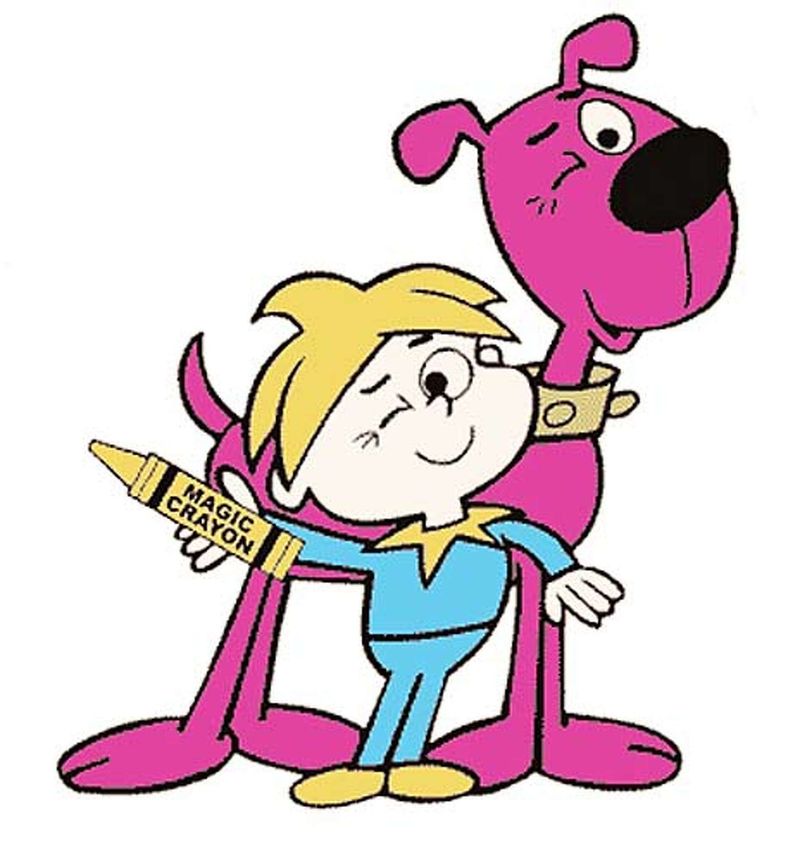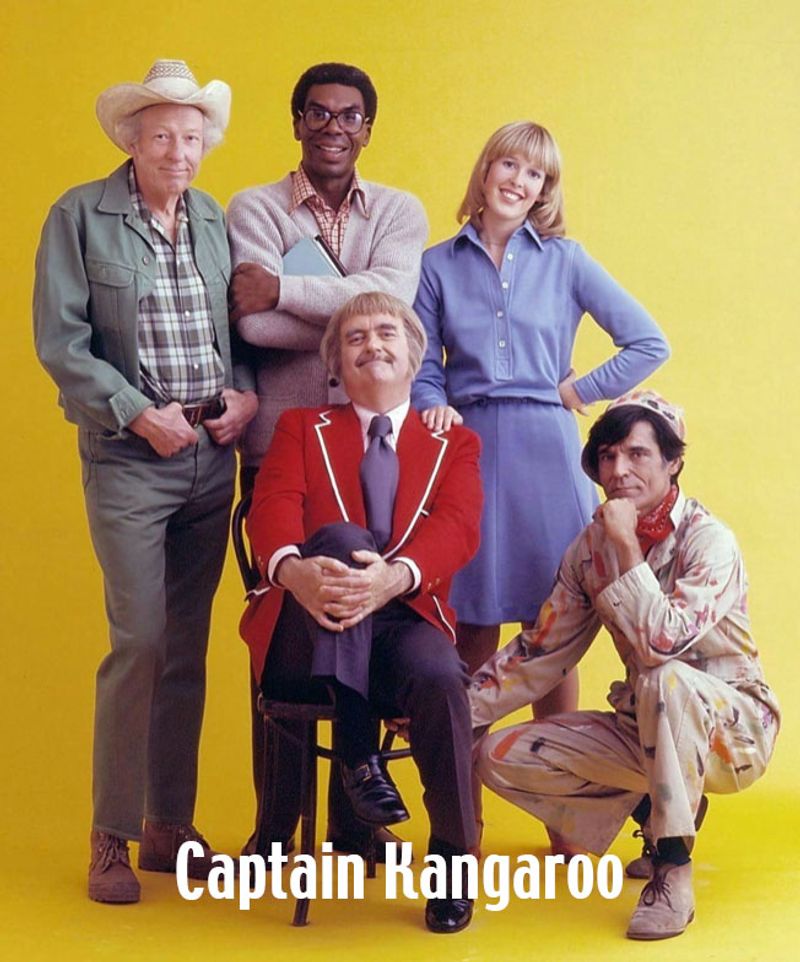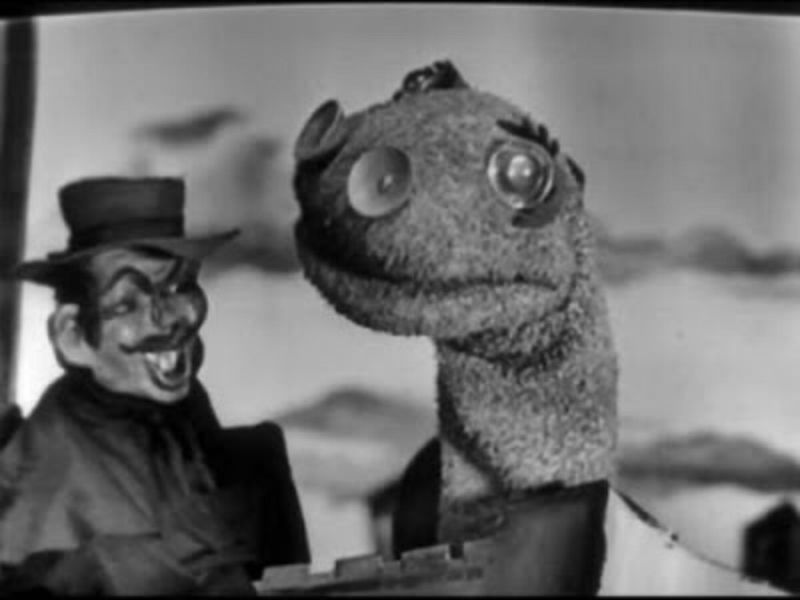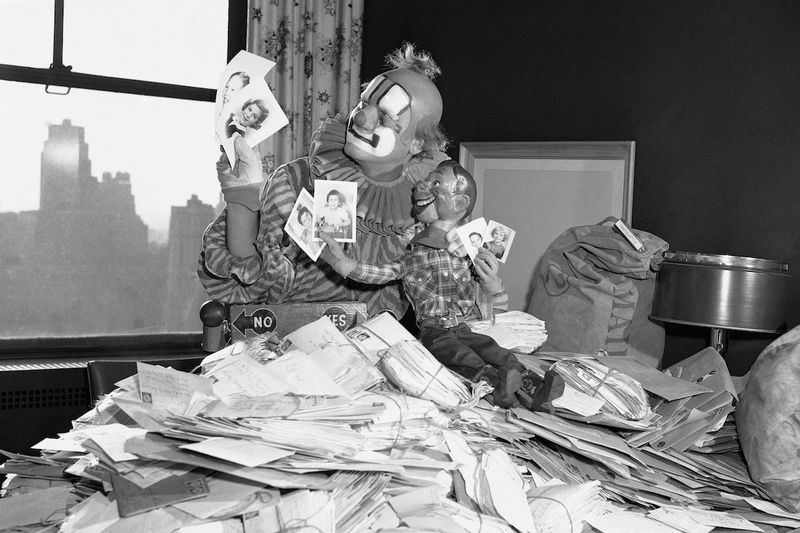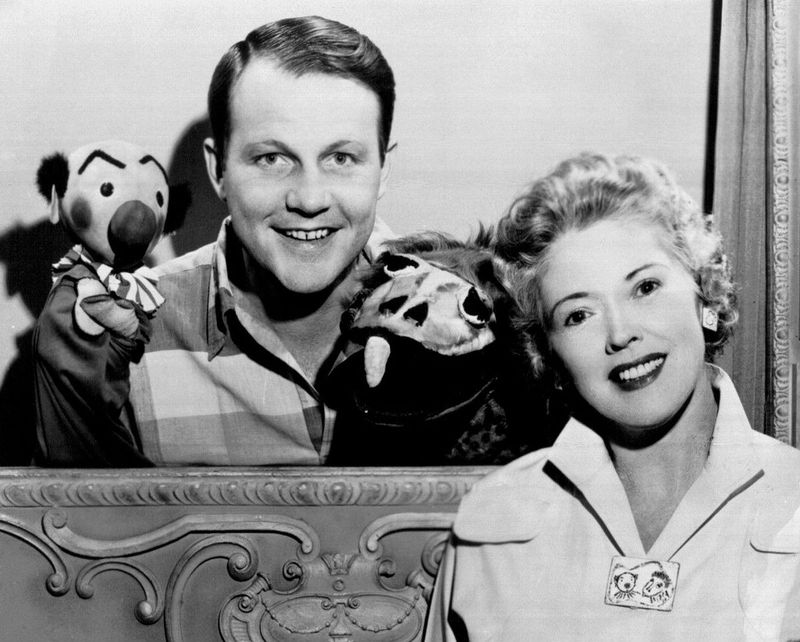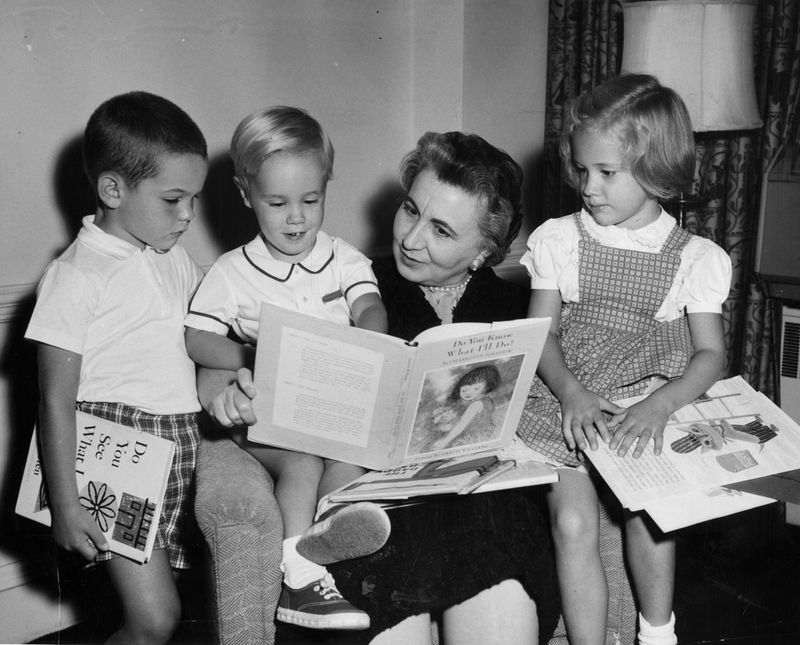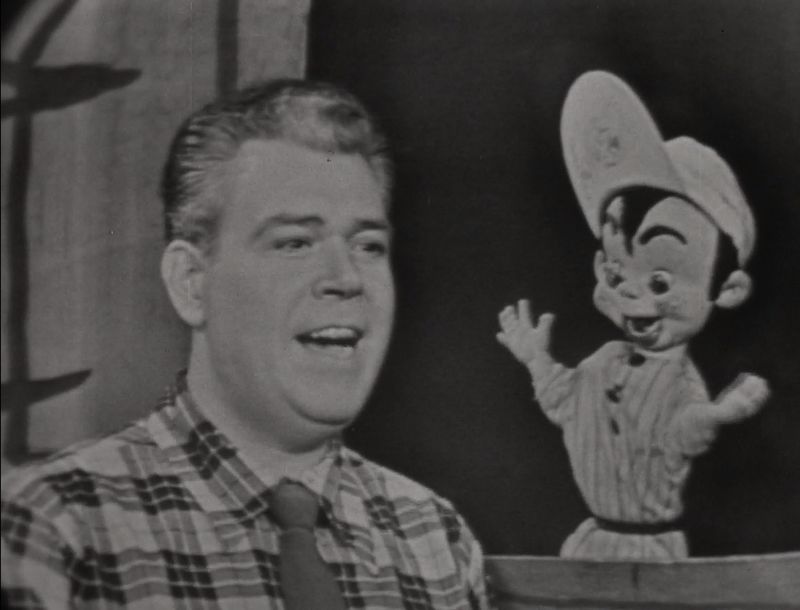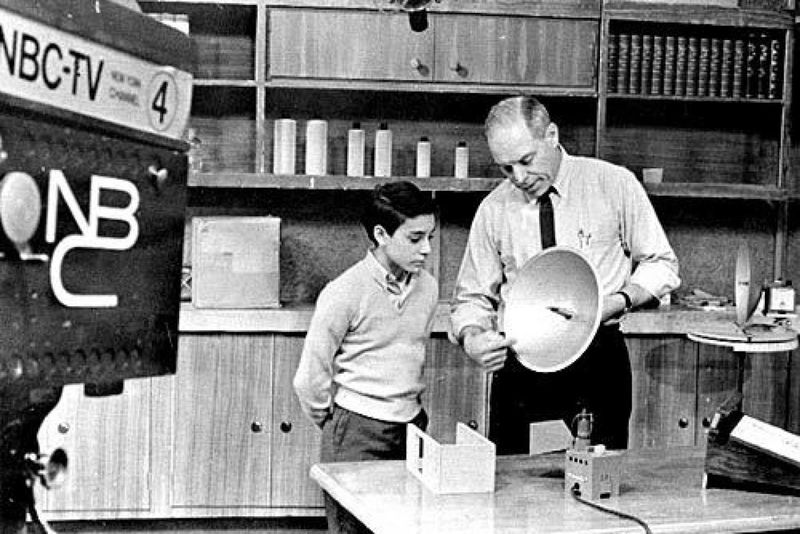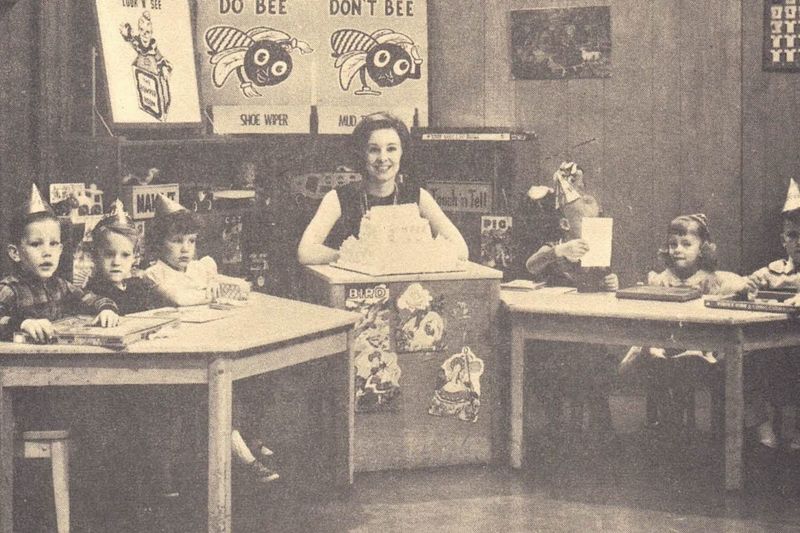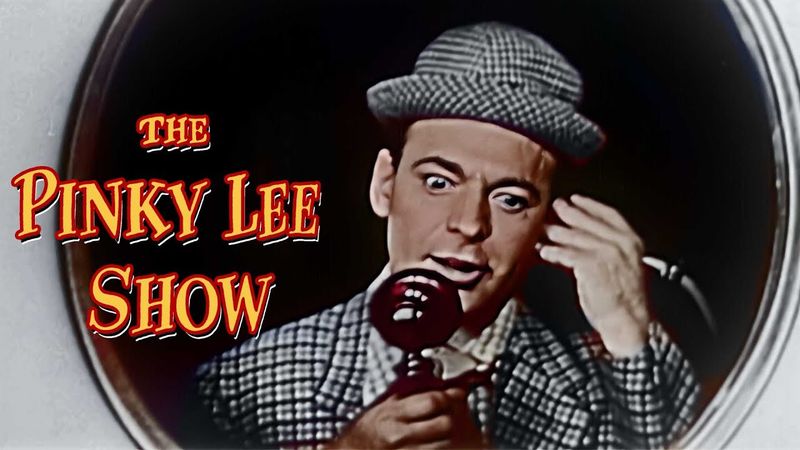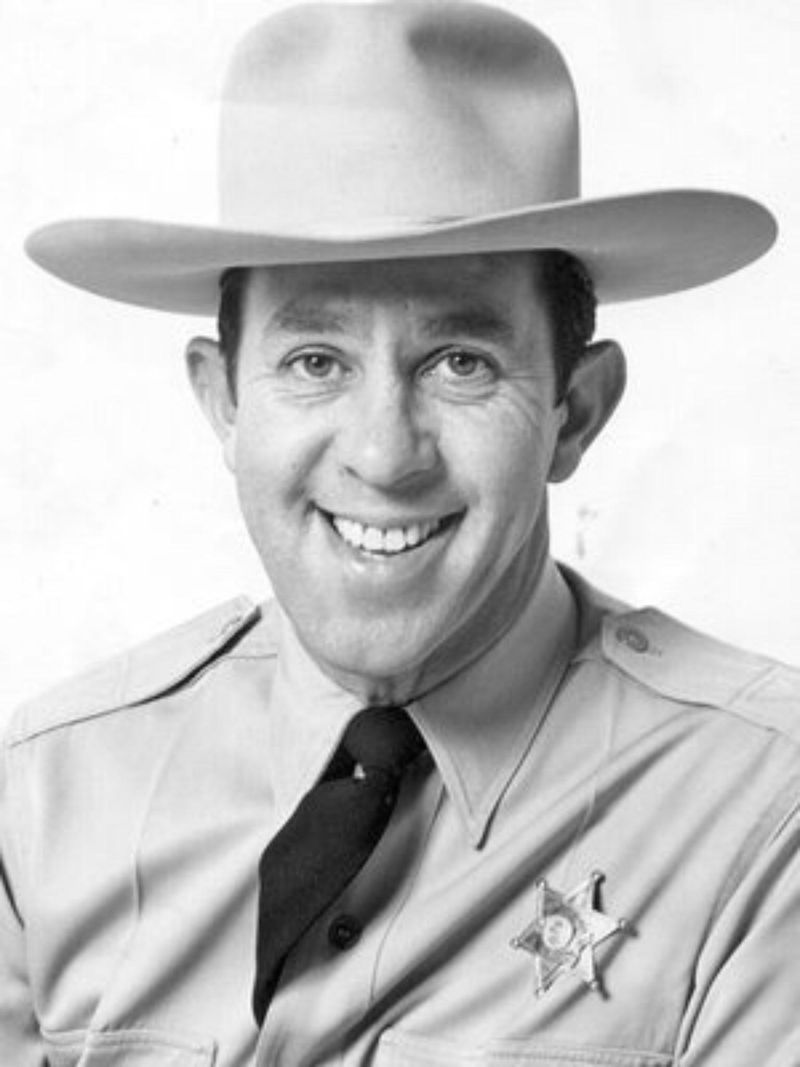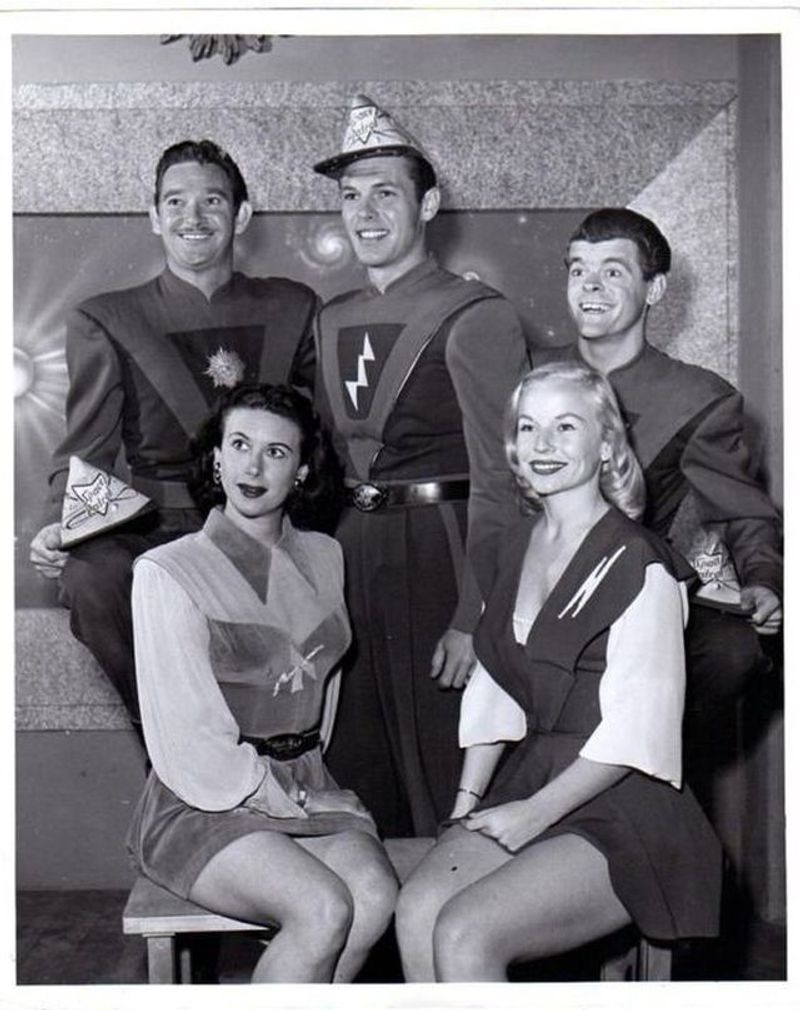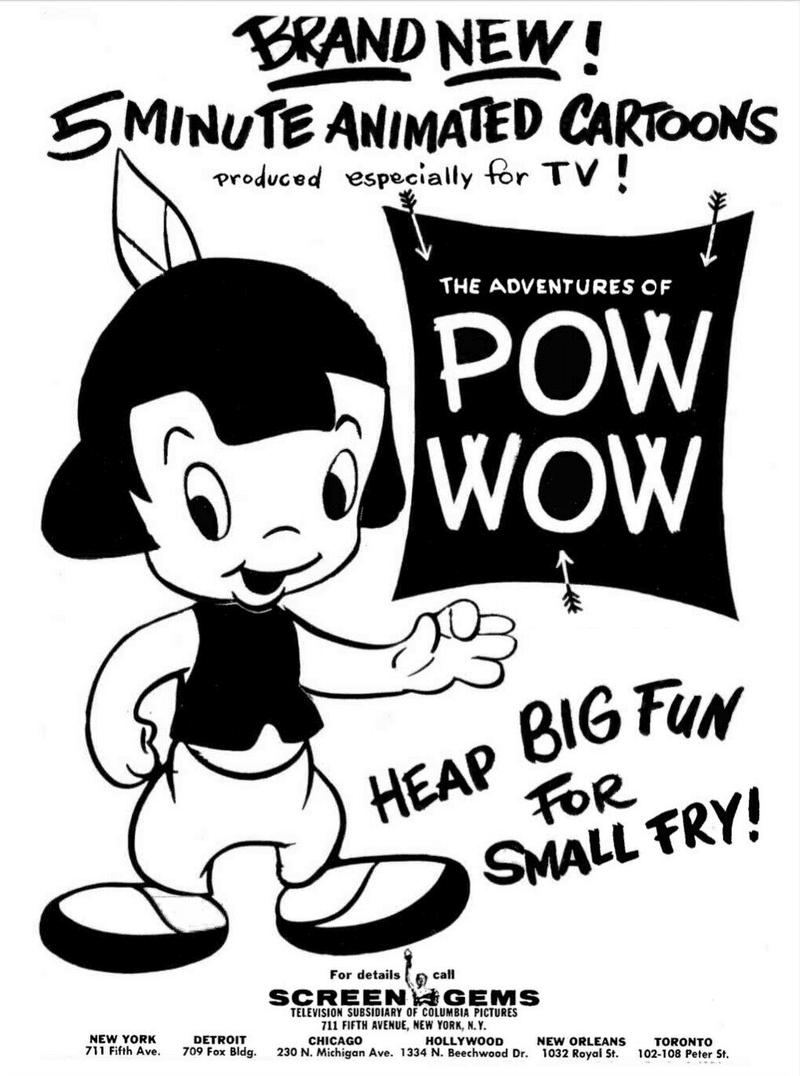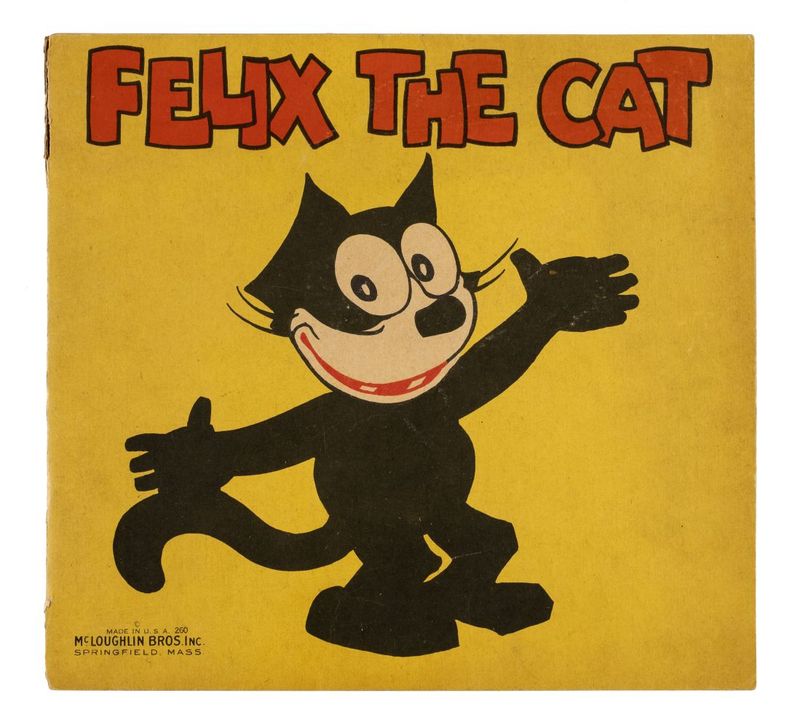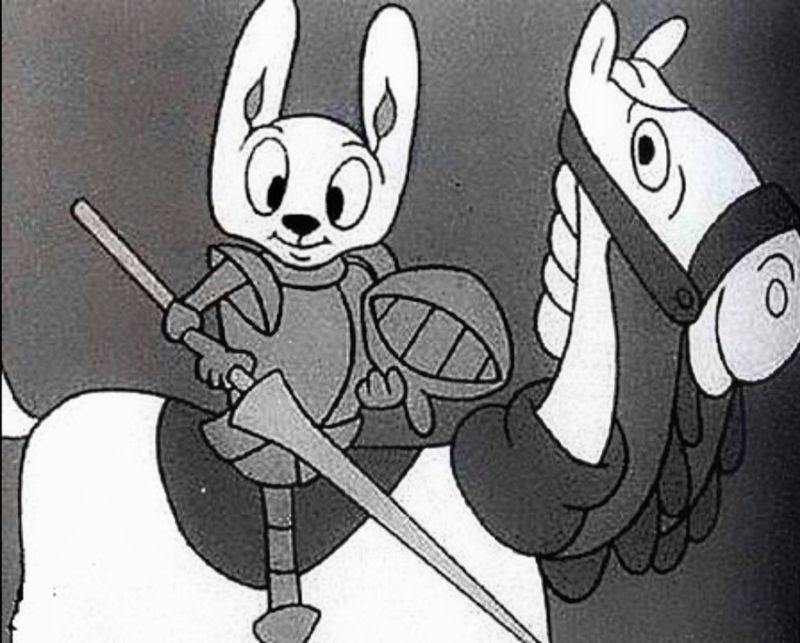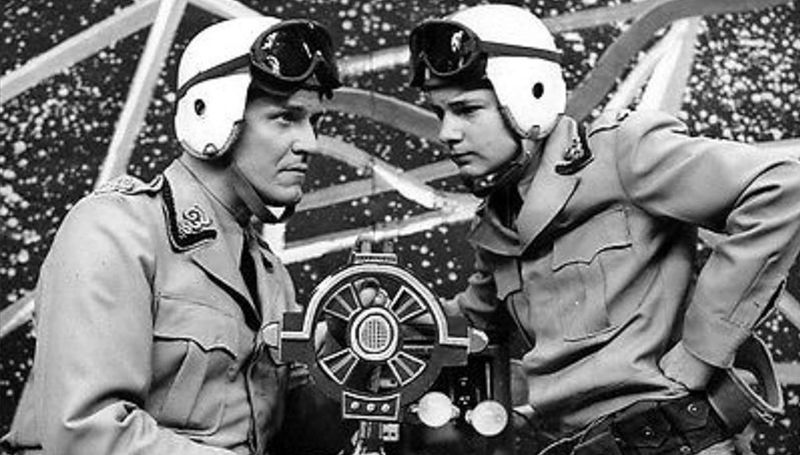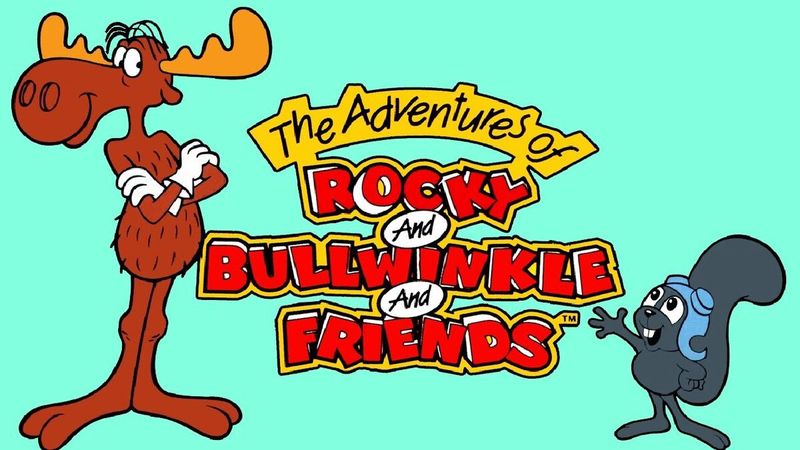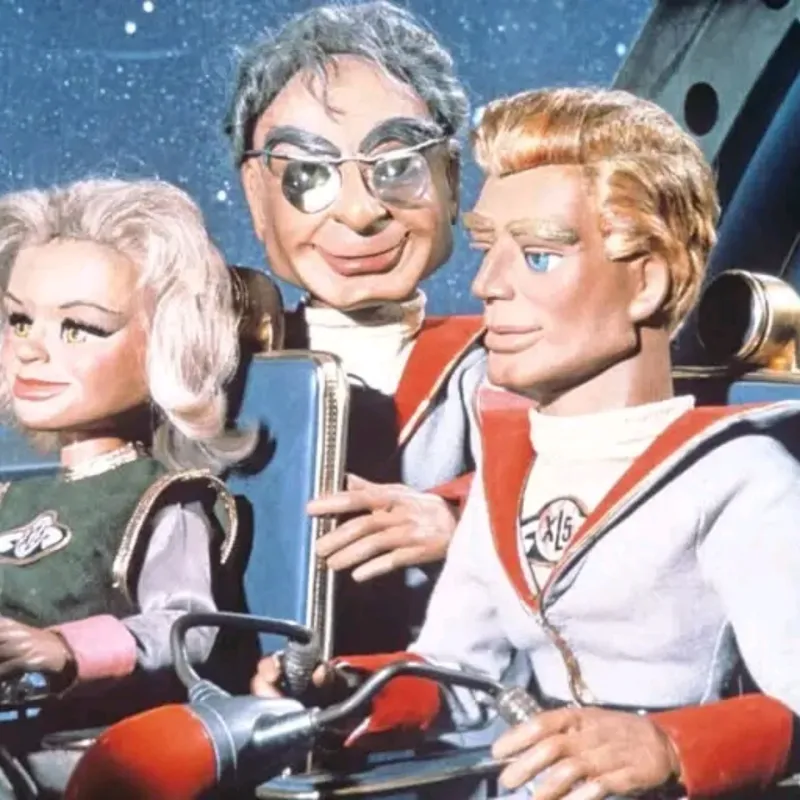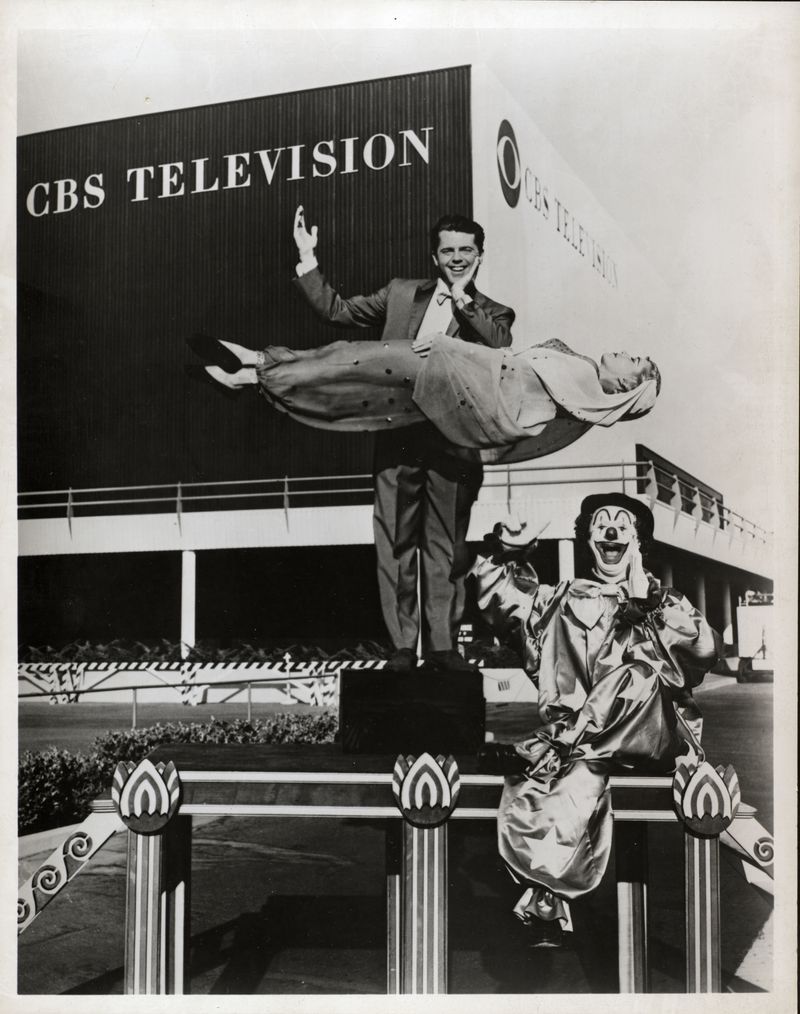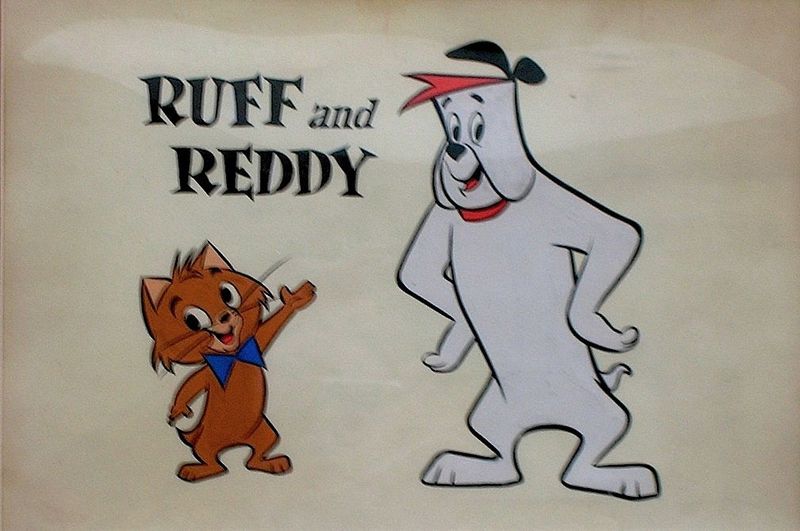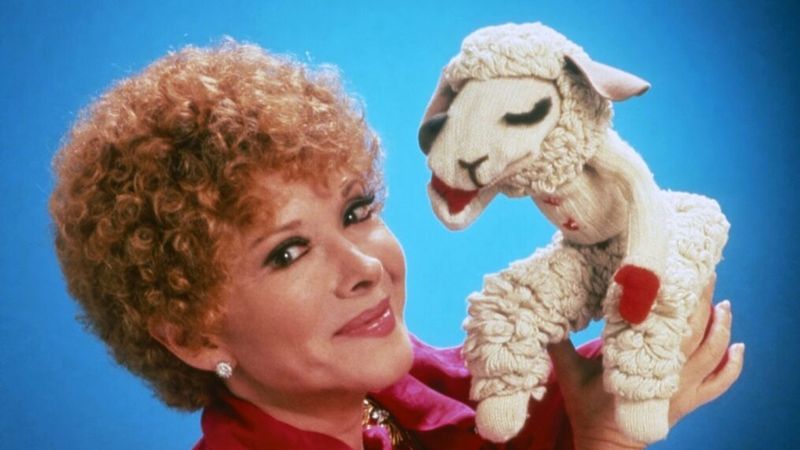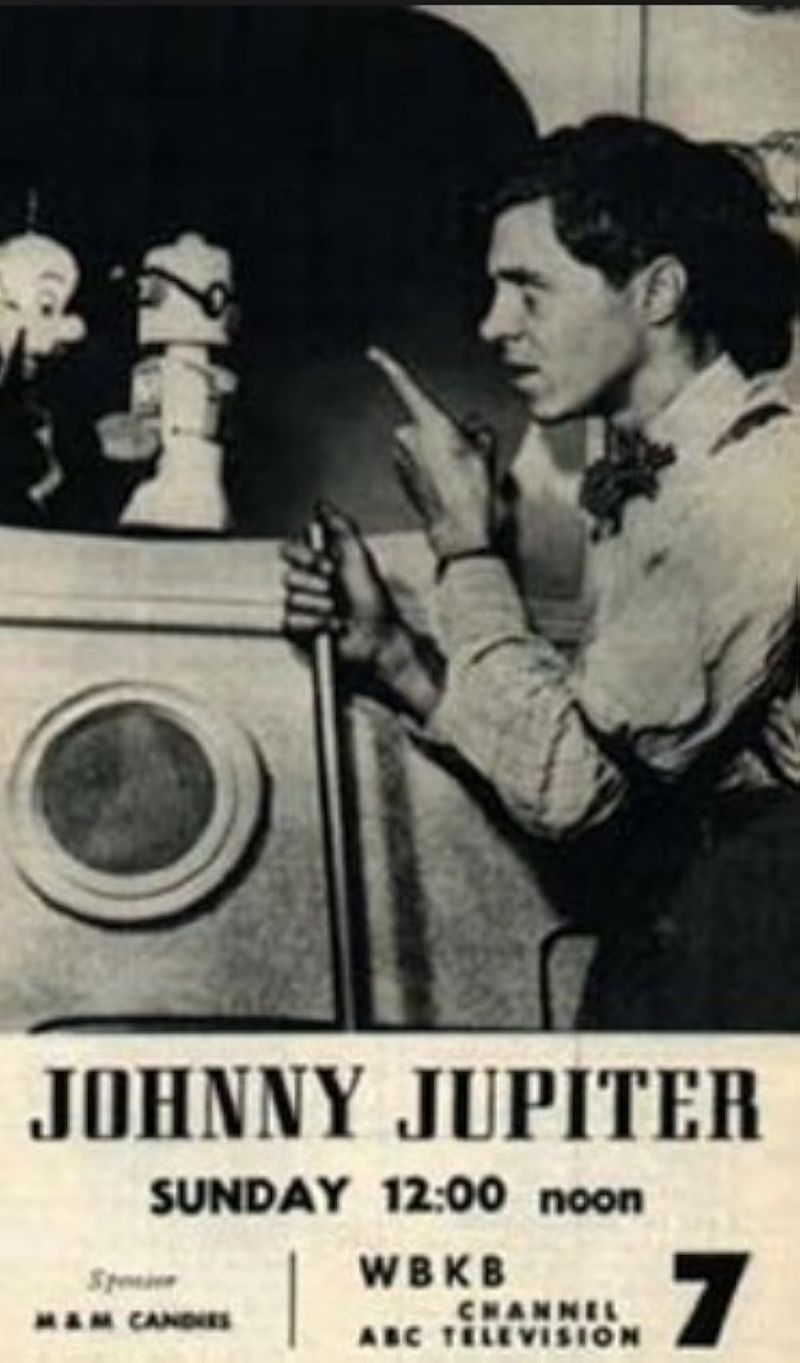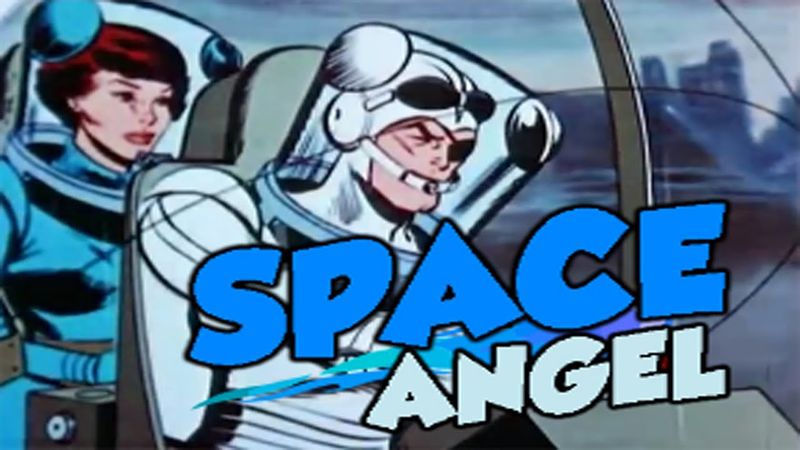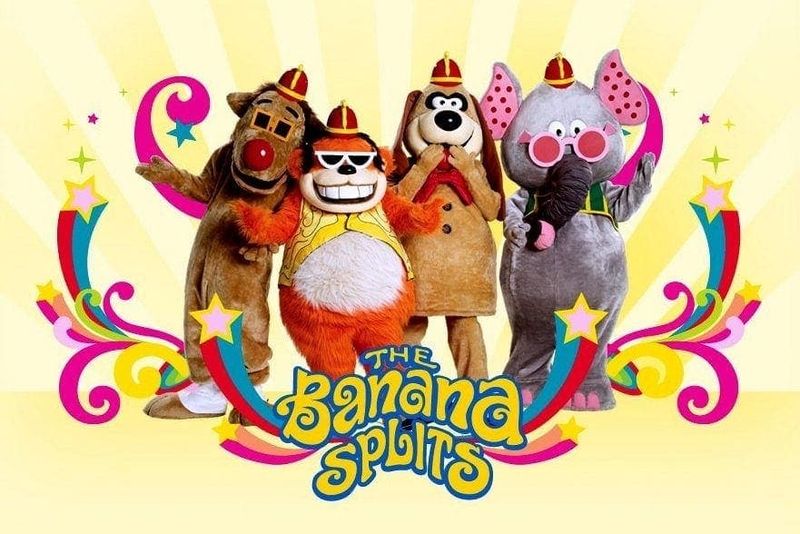The 1950s and 1960s were a golden era for children’s television in the United States. Many shows from this time are fondly remembered by those who grew up watching them, yet some have fallen into obscurity despite being pioneers in their own right.
This list explores 26 such forgotten gems that were ahead of their time in various ways, from interactive elements to cultural sensitivity, and paved the way for modern children’s programming.
1. Winky Dink and You (1953–1957)
Winky Dink and You was the first interactive TV show, ingeniously allowing children to use a special plastic sheet to draw directly on the screen. This early form of augmented reality not only involved kids actively in the storytelling but also fostered creativity by encouraging them to solve problems alongside Winky. Its innovative concept set the stage for future interactive media, making it a true pioneer of its time.
2. Captain Kangaroo (1955–1984)
Captain Kangaroo was a gentle, long-running educational show that emphasized kindness, curiosity, and storytelling. The show’s warm, inviting atmosphere made it a staple for generations. Bob Keeshan’s portrayal of the Captain created a nurturing environment where children could learn about the world in a calm, engaging manner. Despite its simplicity, the show’s impact was profound, nurturing young minds with patience and imagination.
3. Time for Beany (1949–1955)
Time for Beany was a puppet show that cleverly combined witty satire with adventurous storytelling. Loved by both children and adults, its sharp humor appealed to all ages — even Albert Einstein was a fan! The show’s smart dialogue and unique characters left a lasting impression, demonstrating that children’s programming could offer sophisticated entertainment without talking down to its audience.
4. The Howdy Doody Show (1947–1960)
The Howdy Doody Show was one of the first kids’ shows to feature a live audience and recurring characters. This groundbreaking format set the standard for future children’s programming, creating a truly interactive experience. Howdy Doody became a beloved character, and the show’s innovative use of puppetry and live interaction captivated a generation, making it a cornerstone of early television history.
5. Kukla, Fran and Ollie (1947–1957)
Kukla, Fran and Ollie was an improvised puppet theater that charmed audiences with its smart dialogue and wide appeal. The unscripted nature of the show allowed for spontaneous interaction, which resonated with both kids and adults. Its clever use of puppetry and the seamless blend of humor and warmth established it as a timeless classic in children’s television, remembered fondly for its originality.
6. Ding Dong School (1952–1965)
Ding Dong School, hosted by Miss Frances, pioneered educational TV for preschoolers long before the days of Sesame Street. The show emphasized gentle learning through fun activities, encouraging young viewers to explore and discover. Miss Frances’s nurturing presence and innovative teaching methods made learning accessible and entertaining, laying the groundwork for future educational programming for young children.
7. Rootie Kazootie (1950–1954)
Rootie Kazootie was a puppet show known for its musical flair and lively audience interaction. It brought together music and storytelling in a way that captivated young viewers. With its engaging characters and catchy tunes, the show was a precursor to later musical puppet shows like The Muppets. Its vibrant energy and creativity left a lasting mark on children’s entertainment.
8. Watch Mr. Wizard (1951–1965)
Watch Mr. Wizard made science fun and understandable, breaking down complex concepts into engaging, simple experiments. The show’s host, Don Herbert, possessed a knack for making science relatable and exciting. By demystifying scientific principles, the program sparked curiosity and inspired a love for discovery in its young audience, setting the foundation for future educational science shows.
9. Romper Room (1953–1994)
Romper Room combined education and fun, becoming known for its iconic “Magic Mirror” segment. Through the mirror, the host engaged directly with the audience, making each child feel seen and special. This connection, along with interactive activities, fostered a sense of community and belonging among young viewers. The show’s innovative format made learning an enjoyable, shared experience.
10. The Pinky Lee Show (1950–1955)
The Pinky Lee Show was a fast-paced, vaudeville-style program full of slapstick comedy and high energy. Pinky Lee’s exuberant personality and comedic antics kept children engaged and laughing. The show’s lively performance style and playful humor were infectious, creating a vibrant and entertaining atmosphere that stood out in the era of children’s programming.
11. Sheriff John’s Lunch Brigade (1952–1970)
Sheriff John’s Lunch Brigade was a local favorite known for blending cartoons, music, and positive moral lessons. Hosted by Sheriff John Rovick, the show created a welcoming environment where children learned values while having fun. Its unique combination of entertainment and education made it a cherished part of many childhoods, remembered for its warmth and kindness.
12. Space Patrol (1950–1955)
Space Patrol was a live-action space adventure series that explored futuristic themes well before the advent of Star Trek. The show’s imaginative storytelling and creative use of special effects captivated young audiences, inspiring dreams of space exploration. Its pioneering approach to sci-fi set a precedent for future space-themed shows, making it a trailblazer in children’s television.
13. The Adventures of Pow Wow (1957–1958)
The Adventures of Pow Wow was one of the first animated shows to portray Native American culture with respect. Through its thoughtful storytelling and cultural sensitivity, the show offered young viewers an engaging and educational experience. By highlighting the rich traditions and wisdom of Native American heritage, it paved the way for more inclusive and diverse programming in the future.
14. Felix the Cat (1958–1961 TV series)
Felix the Cat was a surreal and experimental version of the classic character, pushing the boundaries of TV animation. With its imaginative plots and quirky humor, the show captivated audiences and expanded the possibilities of animated storytelling. The show’s inventive use of animation techniques and whimsical charm made it a standout in the history of children’s television.
15. Crusader Rabbit (1950–1959)
Crusader Rabbit was the first animated series made specifically for TV, setting the stage for serialized cartoons. Its clever use of serialized storytelling and humor captivated young audiences, creating a model for future animated series. The show’s pioneering spirit and charming characters left an indelible mark on the animation industry, influencing countless shows that followed.
16. Captain Video and His Video Rangers (1949–1955)
Captain Video and His Video Rangers was a pioneering sci-fi series for kids, filled with moral lessons and imaginative tech. The show’s ambitious vision of the future captured the imagination of young viewers, introducing them to the wonders of science fiction. Its ethical storytelling and innovative concepts made it a groundbreaking part of early television history.
17. The Adventures of Rocky and Bullwinkle (1959–1964)
The Adventures of Rocky and Bullwinkle featured clever, satirical storytelling with sophisticated humor well beyond its time. The show’s whimsical characters and witty plots appealed to both children and adults, making it a beloved classic. Its unique blend of humor and adventure set a high standard for animated series, leaving a lasting legacy in the world of animation.
18. Clutch Cargo (1959–1960)
Clutch Cargo was famous for its eerie “Synchro-Vox” technique, which superimposed real human mouths over still drawings. This unusual approach created a distinct visual style that intrigued young audiences. Despite its low-budget production, the show’s adventurous stories and innovative techniques made it a memorable part of children’s television, known for its unique charm.
19. Fireball XL5 (1962–1963)
Fireball XL5 was a British puppet-based sci-fi show that enthralled audiences with its space exploration and heroism. Its imaginative use of puppetry and groundbreaking storytelling made it a standout in children’s television. The show’s adventurous spirit and creative depiction of space travel inspired a sense of wonder and excitement, paving the way for future sci-fi series.
20. The Magic Land of Allakazam (1960–1964)
The Magic Land of Allakazam was the first regularly broadcast magic show for children, combining storytelling and illusions. The show’s enchanting performances captivated young audiences, inviting them into a world of wonder and mystery. Its innovative blend of magic and narrative created a unique viewing experience that delighted and inspired curiosity, making it a magical part of TV history.
21. The Ruff and Reddy Show (1957–1960)
The Ruff and Reddy Show was Hanna-Barbera’s first TV production, blending buddy comedy with adventure. Its charming characters and humorous stories entertained viewers, establishing a formula that Hanna-Barbera would use in many future shows. The show’s playful tone and engaging plots captured the hearts of children, marking the beginning of a new era in animation history.
22. Shari Lewis and Lamb Chop (1957–1963)
Shari Lewis and Lamb Chop was a beloved ventriloquist act that taught empathy, creativity, and values through charming characters. Shari’s engaging performances and Lamb Chop’s playful personality created a delightful viewing experience. The show’s warmth and educational content fostered a love for learning and creativity, making it a cherished part of children’s television history.
23. Johnny Jupiter (1953–1954)
Johnny Jupiter cleverly mixed live-action and puppetry to teach science and ethics through space-age stories. Its imaginative approach to storytelling engaged young viewers, offering lessons in morality and curiosity. The show’s creative blend of genres and thought-provoking themes made it a unique entry in children’s programming, remembered for its originality and educational value.
24. The Deputy Dawg Show (1960–1963)
The Deputy Dawg Show used Southern humor and simple animation to reflect social themes through slapstick comedy. Its lovable characters and witty storylines entertained audiences while subtly addressing cultural issues. The show’s lighthearted approach and memorable characters made it a favorite among children, contributing to its enduring appeal in the world of animation.
25. Space Angel (1962–1964)
Space Angel was another early sci-fi cartoon with serious space missions and Synchro-Vox animation. Its engaging stories and innovative animation techniques captured the imagination of young viewers. By exploring the wonders of space with creativity and intrigue, the show inspired curiosity and a love for adventure, becoming a memorable part of children’s television history.
26. The Banana Splits Adventure Hour (1968–1970)
The Banana Splits Adventure Hour was a psychedelic mix of live-action, animation, and music, resembling a children’s version of Laugh-In. Its vibrant, energetic style captivated young audiences, offering a unique blend of entertainment. The show’s whimsical charm and creative format made it a standout in children’s programming, remembered for its originality and playful spirit.
